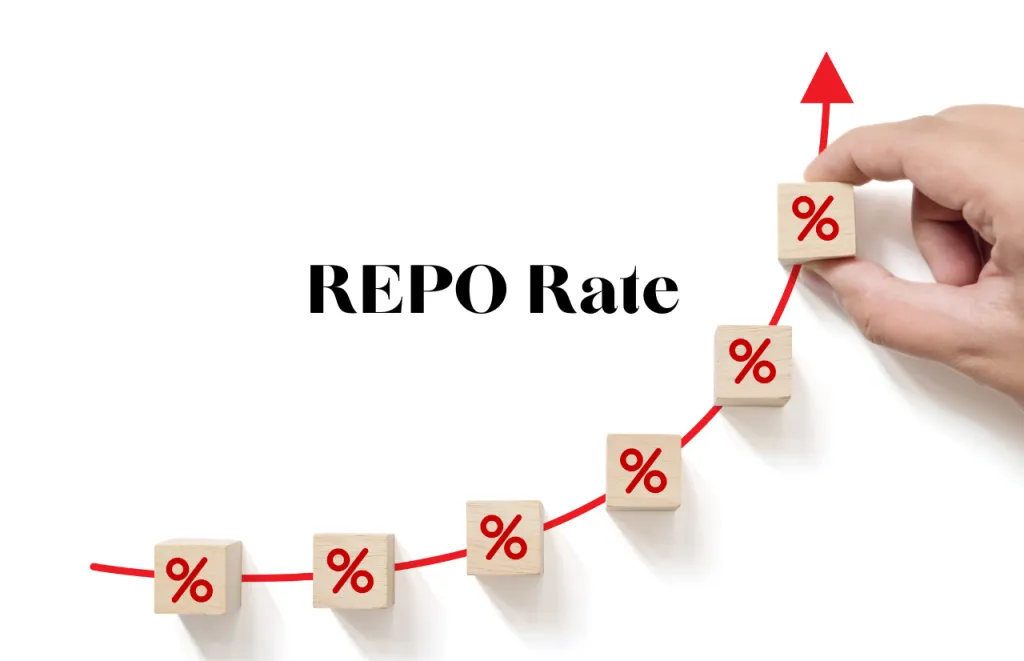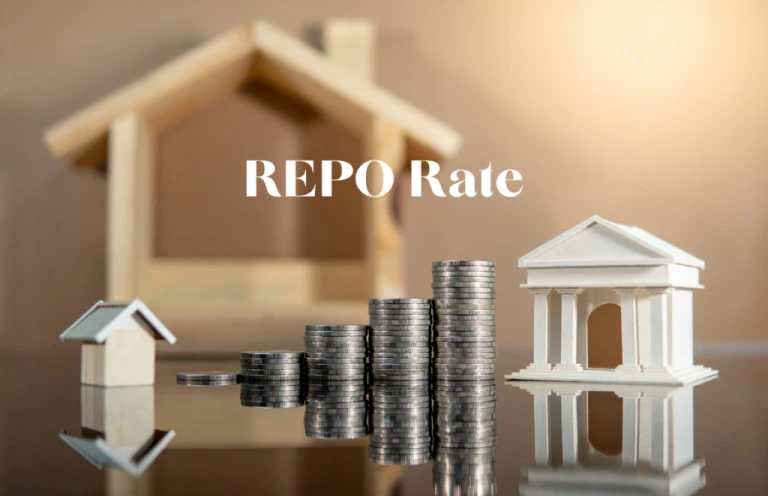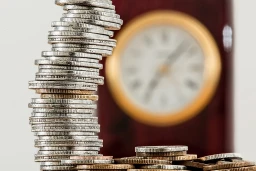How will changes in Repo Rate affect me?

A change in the repo rate will have an immediate impact on the interest rates for consumers, as banks will be quick to pass on the higher costs to their customers. In this blog post, we will explore how changes in the repo rate can affect you as a consumer. We will discuss what the repo rate is and how it works, as well as how changes in the repo rate can impact your personal finances.
What is Repo rate?
”Repo” stands for Repurchase Agreement or Repurchasing Option. It is the rate at which the central bank of a country (Reserve Bank of India in case of India) lends money to commercial banks in the event of any shortfall of funds. Repo rate is used by monetary authorities to control inflation.
What is the current rate of Repo?
The Monetary Policy Committee (MPC) announced in September 2022 that the repo rate has been increased by 50 basis points and the rate is now 5.90%. During its meeting MPC has decided to keep the reverse repo rate unchanged at 3.35%. The Bank Rate and the marginal standing facility (MSF) rate also changed and is currently 6.15%.
Why is the Repo rate increased?
If the RBI expects inflation to exceed its tolerance limit, it raises the interest rate at which banks borrow money from the central bank. Retail inflation has remained above the RBI’s upper tolerance limit of 6% for the past three months. The last time inflation fell below 4% was before the 2019 global pandemic. When the repo rate rises, the cost of borrowing for banks rises as well, which is passed on to account holders in the form of higher loan and deposit interest rates. Borrowing money from a bank becomes more expensive as a result, slowing investment and money supply in the market.
As a result, it restricts the money supply and reduces consumer purchasing power, which aids in the control of inflation. When the government intends to inject money into the market and support economic growth, such as during the lockdown, the it is reduced. In fact, until last month, the RBI had not raised the repo rate in nearly four years.
What happens when the repo rate increases?
When the Reserve Bank of India (RBI) increases the repo rate, it becomes more expensive for banks to borrow money from the RBI. This leads to an increase in interest rates for customers, as banks pass on the higher cost of borrowing to their customers. In turn, this increases EMIs for home loan, car loan and personal loan borrowers. This also affects your fixed deposit returns, as banks generally offer lower interest rates on FDs when repo rates are high.
What happens when the repo rate decreases?
When the Reserve Bank of India (RBI) decreases the repo rate, it becomes cheaper for banks to borrow money from the RBI. This ultimately results in decreased lending rates for consumers, making it more affordable to borrow money for things like home loans, car loans, and personal loans. A decrease in it also encourages banks to lend more money to customers, which can help boost economic growth.

How does the repo rate impact inflation?
The repo rate is the interest rate at which the Reserve Bank of India (RBI) lends money to commercial banks. A change in the rate affects the cost of borrowing for commercial banks, which in turn affects the interest rates on products like home loans and car loans. When RBI hikes the rate, it becomes more expensive for banks to borrow money, and they pass on this increased cost to customers in the form of higher interest rates. This ultimately leads to inflationary pressure in the economy.
RBI Repo rate cut history 2020-2022
Following is the Repo rate cut history since Feb 2020:
30 September 2022 – 5.90%
05 August 2022 – 5.40%
08 June 2022 – 4.90%
May 2022 – 4.40%
09 October 2020 – 4.00%
06 August 2020 – 4.00%
22 May 2020 – 4.00%
27 March 2020 – 4.40%
06 February 2020 – 5.15%
How does Repo rate affect people’s lives?
Impact on Economic growth
People may purchase fewer goods and services as the RBI monetary policy repo rate rises, which could affect demand and, as a result, slow growth. As a result of everything becoming more expensive, goods and services may no longer be affordable to the less fortunate segments of society.
Impact on Loans & EMIS
As banks raise interest rates, existing borrowers’ EMIs may rise even more, dampening their enthusiasm for becoming homeowners. The RBI rate increase affects all types of loans, including mortgages, auto loans, student loans, personal loans, business loans, credit cards, and everything else in between.
Any increase in interest rates has an impact on consumers because it makes borrowing money from commercial banks more expensive. Furthermore, higher borrowing costs discourage the average person from making unnecessary purchases, lowering consumption of goods and services. As a result, this has a significant impact on both the supply and demand chains.
Impact on Deposits & Fixed Deposit Rates
When the repo rate rises, interest rates on bank deposits typically rise as well. According to experts, consumers with short and medium-term investments, such as fixed deposits and savings, may benefit from higher rates because they will receive higher returns on their investments based on how banking institutions accept the new interest rate increase.
The spread of the interest rate increase, on the other hand, could be a little slower. Furthermore, it is expected that banks will eventually raise deposit interest rates.
Impact on Mutual Funds
Investors in mutual funds, particularly those in debt mutual funds, should be cautious in light of the recent increase in the repo rate by the RBI. Rising interest rates can undermine investor confidence in the bond and stock markets. Increases in interest rates typically have an immediate impact on debt mutual funds, particularly long-term bond funds. This is because bond prices fall as yields rise, lowering the return on debt investments. As a result, debt investors are forced to withdraw their funds from the market in order to wait for the bond price to rise and thus increase their profits. Debt funds may experience short- to medium-term volatility as a result.
Impact on Savings
Higher rates are advantageous for such individuals who have savings and fixed deposits. The RBI has raised interest rates several times in recent years, including an unexpected 140 basis point increase that brought the benchmark to 5.40%.
Impact on Consumer Spending
When borrowing costs rise, people are discouraged from making large purchases, which reduces demand for goods and services. According to experts, this disrupts the supply and demand chains. With high borrowing costs and limited liquidity, fewer goods and services may be purchased, reducing demand and requirements. As a result, many goods and services may see price increases. ventually making them out of reach for the less fortunate segments of society. Nonetheless, experts believe that as inflation begins to moderate in the medium term. The average person will benefit from increased consumption capacity.
Follow us on Instagram.









